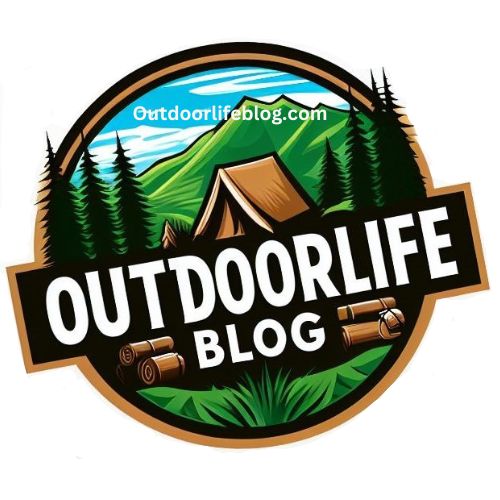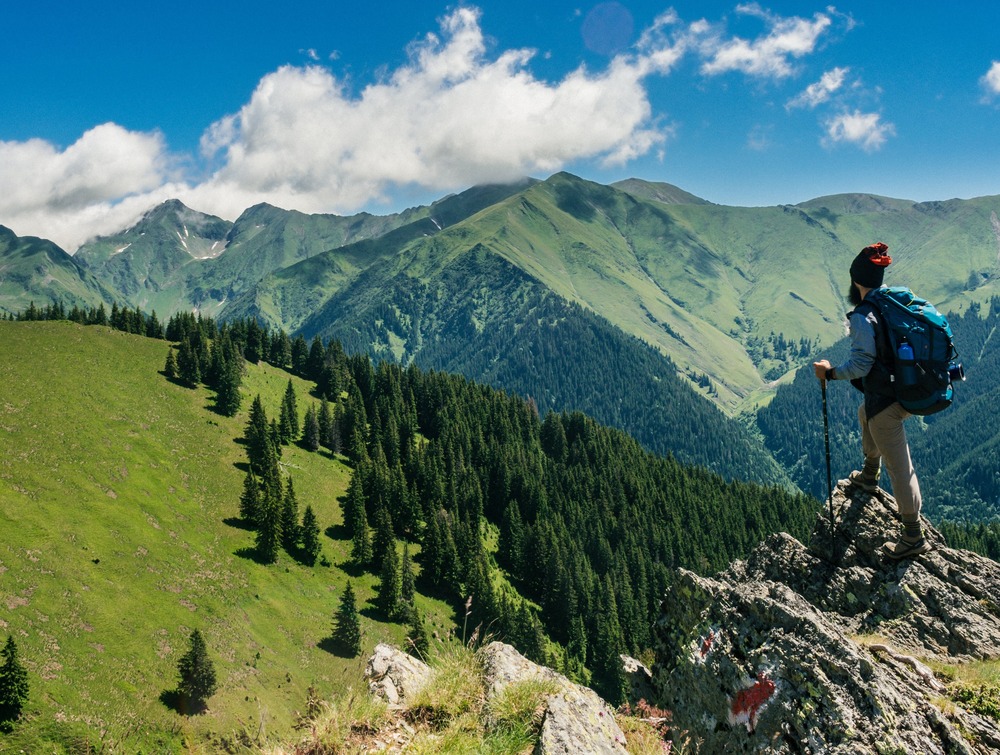Solo camping can be an incredibly rewarding experience, offering a unique opportunity for self-discovery, reflection, and connection with nature. However, it also presents several potential dangers that all campers should be aware of.
In this comprehensive guide, we will discuss the risks associated with solo camping and provide practical tips on how to protect yourself while exploring the great outdoors alone. So, sit back, grab a drink and learn about the dangers of solo camping and how to protect yourself. Let`s get started.

Understanding the Risks of Solo Camping
Wildlife Encounters
One of the most common concerns for solo campers is the possibility of encountering dangerous wildlife. Depending on the region, this can include bears, mountain lions, Coyotes, snakes, or other potentially harmful animals.

Injury and Illness
Without the immediate support of a group, solo campers are more vulnerable to injuries and illnesses. A twisted ankle, a severe allergic reaction, or an unexpected illness can quickly escalate into a life-threatening situation if not handled properly.

Weather Hazards
Solo campers must be prepared to face various weather conditions, including extreme heat, cold, rain, or snow. Inadequate preparation for such conditions can lead to hypothermia, frostbite, or dehydration.

Getting Lost
Navigating unfamiliar terrain can be challenging, even for experienced campers. There is a heightened risk of getting lost when camping alone, and this can lead to dangerous situations if not addressed promptly.

Personal Security
Unfortunately, solo campers can sometimes become targets for criminals or other individuals with malicious intent. It is essential to take precautions to protect your personal safety while camping alone. Although, be aware of the weapons laws in your country.

Essential Tips for Protecting Yourself During Solo Camping
Plan and Prepare Thoroughly
A well-thought-out plan is crucial for ensuring a safe and enjoyable solo camping experience. This includes researching the camping location, understanding the local wildlife and potential hazards, and familiarizing yourself with the area’s weather patterns.
Also, make sure to inform friends or family members of your intended route and expected return date.

Carry Essential Safety Gear
Invest in high-quality safety gear and carry it with you at all times. This should include a reliable first aid kit, bear spray, bug spray, a multi-tool or knife, a whistle, a fire-starter, a compass or GPS device, a flashlight or headlamp, and adequate food and water supplies.
Additionally, consider carrying a satellite phone or personal locator beacon (PLB) for emergency communication.

Learn Basic Survival Skills
Before embarking on a solo camping trip, ensure that you have a solid understanding of essential survival skills. This includes the ability to build a shelter, start a fire, purify water, and signal for help. Invest time in learning basic first aid techniques, such as treating cuts, burns, and fractures.

Practice Leave No Trace Principles
Protect the environment and minimize your impact on nature by adhering to Leave No Trace principles. This includes properly disposing of waste, minimizing campfire impact, and respecting wildlife and other campers.

Trust Your Instincts
If something feels off or you sense potential danger, trust your instincts and take the necessary precautions. This may involve adjusting your route, setting up camp in a different location, or even cutting your trip short if you feel genuinely unsafe. Always listen to your gut feeling.

Stay Vigilant and Aware of Your Surroundings
Always maintain a heightened sense of awareness while solo camping. Pay attention to the sounds, smells, and sights around you, and be mindful of any changes in the environment. This can help you identify potential threats and react quickly if necessary.
Also, take a look at my post on “Plants to be aware of while hiking“.

Choose a Visible and Secure Campsite
When selecting a campsite, choose a location that is easily visible and offers natural protection from potential hazards. Avoid camping near dense vegetation, animal trails, or bodies of water that may attract wildlife. Instead, opt for higher ground with good visibility, where you can easily spot approaching animals or people.

Maintain Regular Communication with Friends or Family
Ensure that you establish a communication plan with friends or family members before embarking on your solo camping adventure. Regularly update them on your progress, location, and any changes in your itinerary.
This will not only provide peace of mind for your loved ones but also create a valuable safety net in case of emergency.

Familiarize Yourself with Local Wildlife and How to Respond
Before setting off, research the wildlife you may encounter in the area you’ll be camping in, and learn how to respond appropriately if you come across any potentially dangerous animals. Understanding their behaviour and knowing how to react can significantly reduce the risk of an adverse encounter.

Develop a Personal Safety Strategy
Take the time to create a personal safety strategy that encompasses all aspects of your solo camping trip. This should include measures for preventing accidents and injuries, as well as plans for dealing with emergencies such as getting lost, encountering aggressive wildlife, or facing adverse weather conditions.

Pack Adequate Clothing and Gear for Changing Weather Conditions
Ensure you have clothing and gear suitable for a variety of weather conditions, even if the forecast is favourable. This may include waterproof clothing, insulated layers, sun protection, and extra socks. Having the appropriate attire will help protect you from potential weather-related hazards.

Familiarize Yourself with Basic Navigation Skills
Invest time in learning basic navigation skills, including the use of a map and compass, GPS devices, and natural landmarks. This knowledge will prove invaluable if you become lost or disoriented during your solo camping trip.

Conclusion
Solo camping can be an immensely fulfilling experience, but it is not without its dangers. By understanding the risks associated with solo camping and taking the necessary precautions, you can mitigate these hazards and enjoy a safe, rewarding adventure.
Remember to plan and prepare thoroughly, carry essential safety gear, learn basic survival skills, and maintain awareness of your surroundings. With these measures in place, you can confidently embark on your solo camping journey and create memories that will last a lifetime. Enjoy a Safe and Rewarding Solo Camping Experience.


